How to earn free 40 listings on Etsy shop. You can receive free at least 40 listings if you invite someone to become a seller on Etsy and they complete the process of opening a new shop. If a Etsy member has already begun to set up a shop but their shop isn't open to the public yet, the promotion cannot apply. The recommended account must be a buyer-only account before the code can be redeemed. Please remember that the people you refer need to open their shop directly from your referral link in order for you both to receive free listings. If someone navigates away from the link or switches browsers, this new shop will not be registered as coming directly from your invite. First of all you have to visit the site below. Click on the screen below to go to that website. Simply enter the emails of the people you want to invite. Then, you will receive an invitation email with the following message in the email of the person you want to invite. Click the orange button with accept invitation! Then the invited person can see the screen below. In other words, when you open a shop, it is a message that you can receive 40 free listing services. You have to click "Let's do this"! Below is a simple survey format. Ask why you need Etsy, what you're going to do with it, etc. If you don't want to answer, just press the skip button and go to the next one. Now, you can click the button, Start your shop~ From below, it is the same as creating an Etsy shop in general. You just need to upload at least one image to get a free listing. Images uploaded like this do not take up $0.20. It is a screen asking if you want to open tax information, that is, as an individual or as a business. Then enter the bank information. When everything is complete, invitees will see a message like the one below at the top right of the listing screen. This is a great way for both the referrer and the referrer to get 40 free listings at the same time. At $0.20 per listing, that's a savings of about $8. When you run a shop for the first time, there is no immediate profit. To make some profit, you have to be patient and upgrade your shop. So, it can be quite a burden if you spend $8 on a regular basis. If you use this system well, you will be able to manage the shop comfortably.
0 Comments
Let's make it look like Seurat's painting in Photoshop In the mid-19th century, the invention of photography and the advent of optics forced painters to explore new art. Before photography was invented, painters' attention was focused solely on how realistically they depict reality. Painters who had no choice but to seek new art, one of them was Impressionism, which drew objects that change subtly according to the light of the sun in a bright outdoor environment. What the Impressionists wanted to paint was light. The reason why the Impressionists wanted to paint light was because they believed that all things in the world had their shape revealed by light, and that the feeling and shape changed according to the strength and weakness of light. The Impressionists tried to quickly paint the instantaneous image of an object that was changed in a strange moment by the rays of the sun. However, the Impressionists tried to paint a picture as bright as light, but they could not avoid making the picture cloudy. In 1886, a painter who could solve this problem of Impressionist art appeared, and he was Georges Seurat (1859-1891). The above picture is Seurat's masterpiece <Sunday Afternoon on the Island of Grande Jatte; A Sunday Afternoon on the Island of La Grande Jatte>. Seurat, like his senior Impressionist painters, was interested in the reproduction of sparkling light. Seurat painted in a way different from that of his predecessors, Impressionists. Seurat did not simply capture the impression of light and transfer it to the canvas. Instead, he persistently analyzed light scientifically. Then, I took a color dot and transferred it to the canvas. Georges Seurat, who understood better than anyone else, that colors become cloudy due to subtractive mixing, did not mix colors. Instead, he overcame the problems of Impressionism by using the pointilism technique of painting small dots of pure color. Today I would like to change one of my travel images to something similar to Seurat's pointillism. Below are some street photos I took during my trip to Portugal. I'm trying to change this seemingly ordinary photo using pointillism. First, move Filter---> Pixelate like below. You can resize the cells to any shape you want. Then, adjust the saturation, contrast, brightness, etc. to get the image you want. Seurat spent two years drawing one work. Because I had to complete the painting by making small dots on a large canvas that is over 3 meters high. Would Seurat be happier if Photoshop had existed at that time? Below is the finished look. Évora, Sintra in Portugal. A long time ago, I traveled to Évora and Sintra, Portugal for my husband's seminar. Today, I picked some of my favorite photos from that time. In Sintra, I realized how enjoyable it is to take pictures. Even if you take a picture of a pretty town from any angle, it makes you feel as if it is a painting. If you travel to Portugal, you will often see murals made with blue-painted tiles on buildings or cathedrals. These murals are called azulejos. Azulejos belong to the art world of Spanish and later Portuguese traditional tiles. Their production begins in the 14th century with the arrival of the Moorish invaders. The word azulejo comes from the Arabic (al zulaycha), meaning a small polished stone. Originally they had neutral tones and simple geometric shapes. Blue and white were initially the focus of color. Blue dominates in azulejos, but the name does not mean azul or blue in Portuguese. Alicatados described tile mosaics as the earliest type of azulejos in the 13th century. These glazed tiles were very simple and can be seen today at the Alhambra in Granada. Alicatado is an expensive process that requires a lot of manual work for cutting tiles. Trams that run through the hilly alleys of Lisbon, along with cathedrals and monuments, are a great cultural heritage of Portugal. The University of Évora is a public university in Évora, Portugal. It is the second oldest university in the country, established in 1559 by the cardinal Henry, and receiving University status in April of the same year from Pope Paul IV, as documented in his Cum a nobis papal bull. The Roman Temple of Évora, also referred to as the Templo de Diana is an ancient temple in the Portuguese city of Évora. The temple is part of the historical centre of the city, which was included in the classification by UNESCO as a World Heritage Site.
|
Myungja Anna KohArtist Categories
All
Archives
July 2024
|
Proudly powered by Weebly













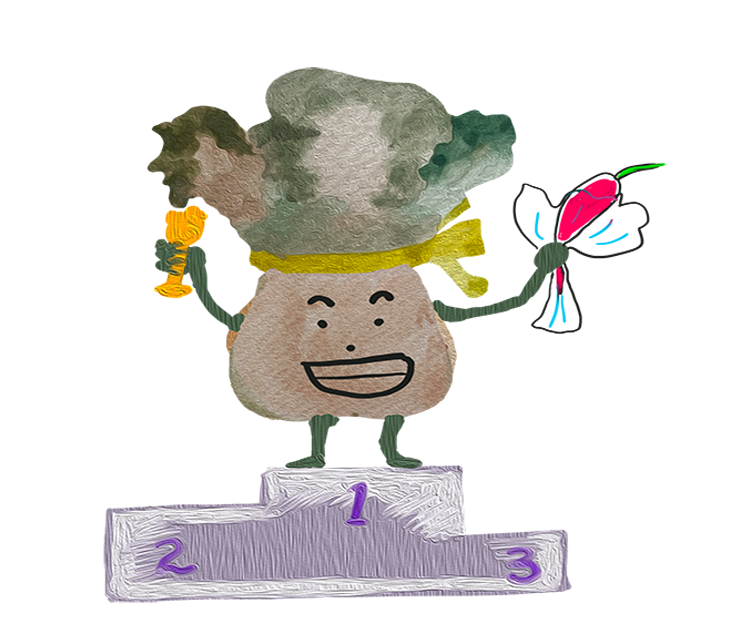
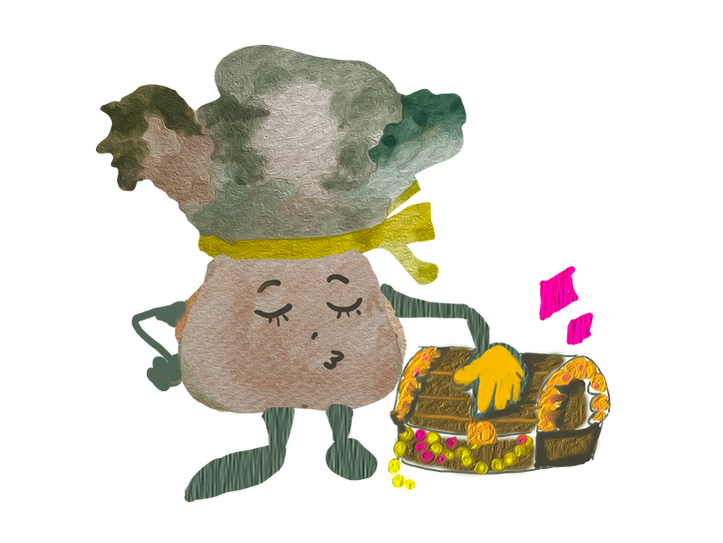
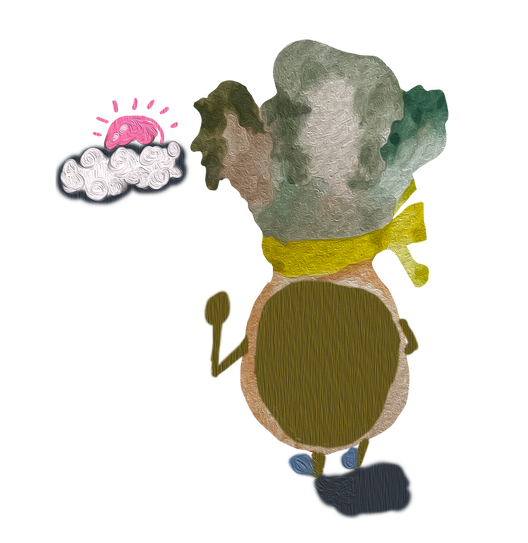
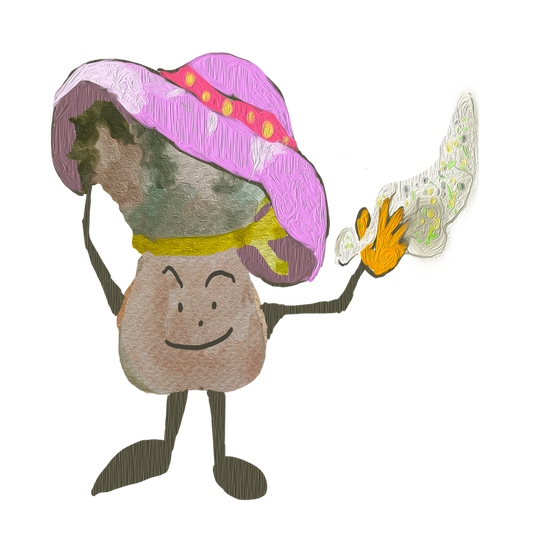
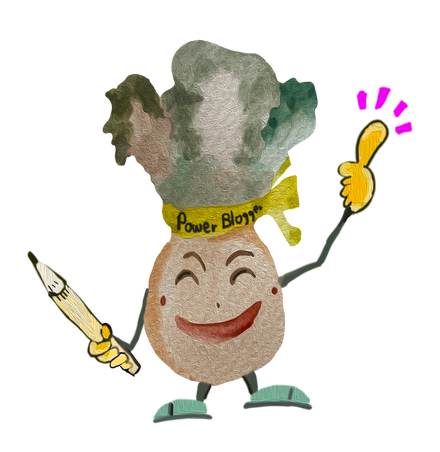
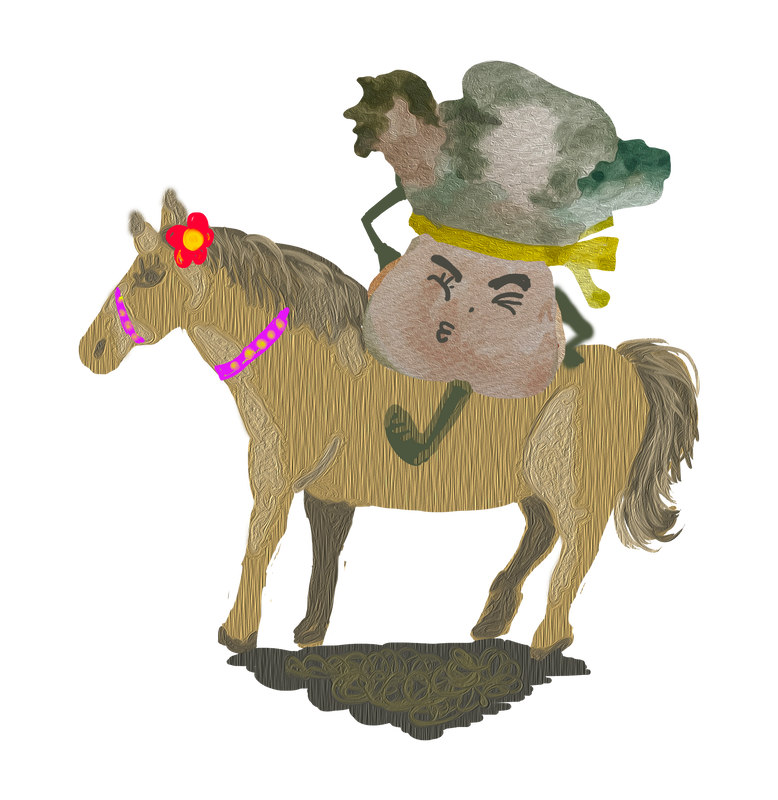
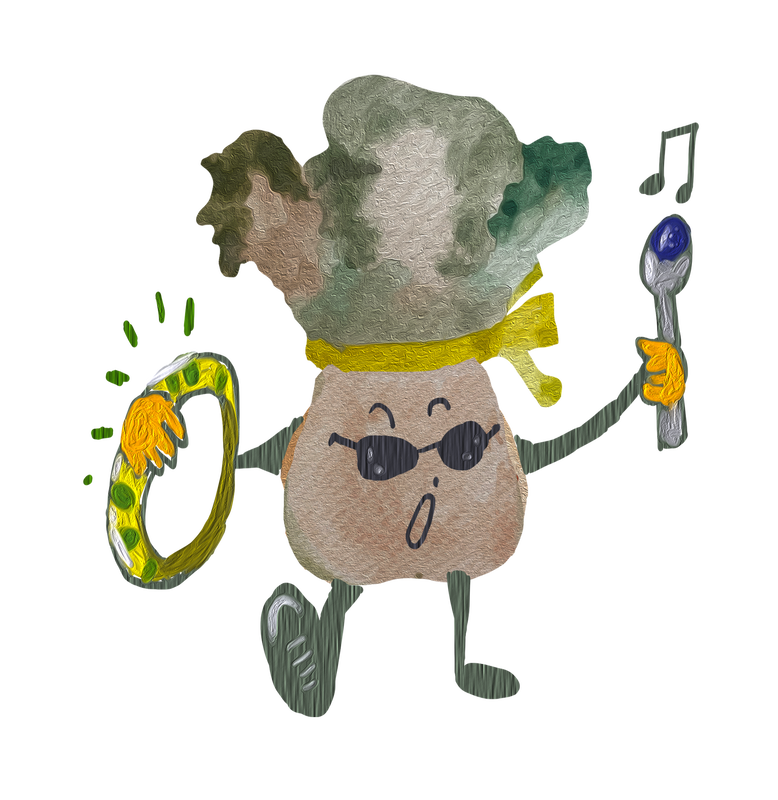
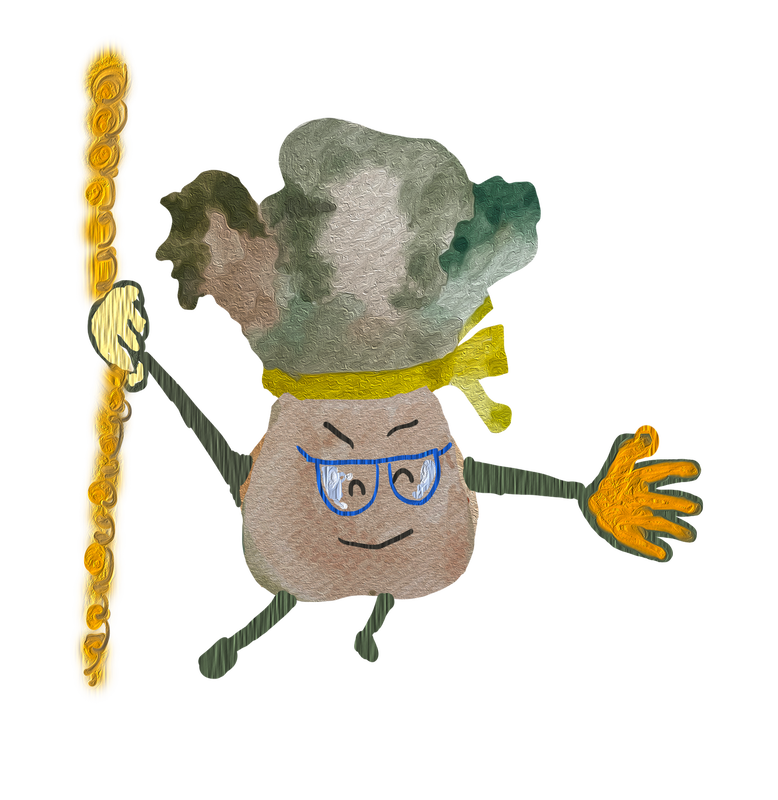
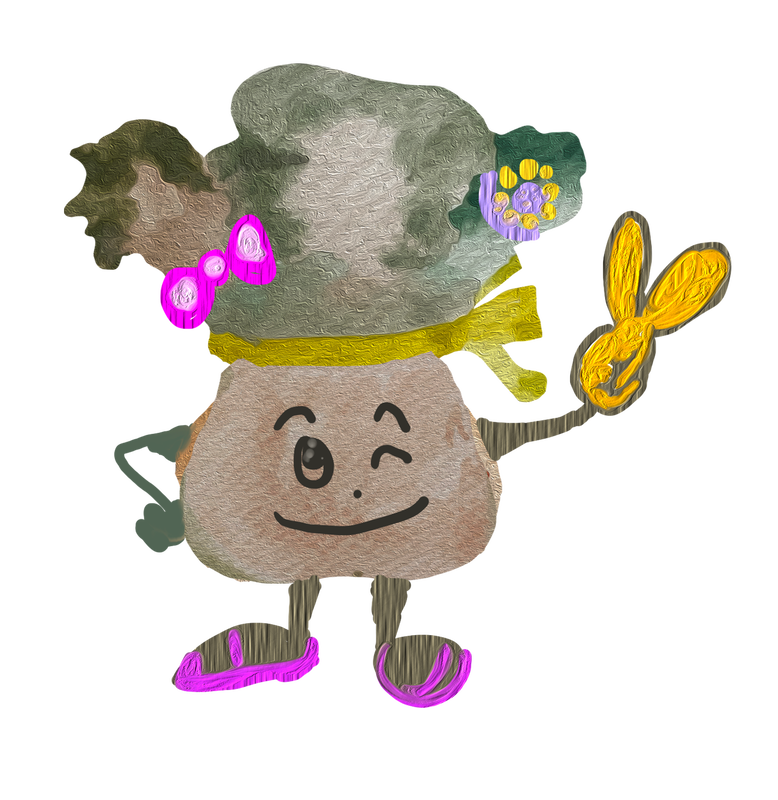
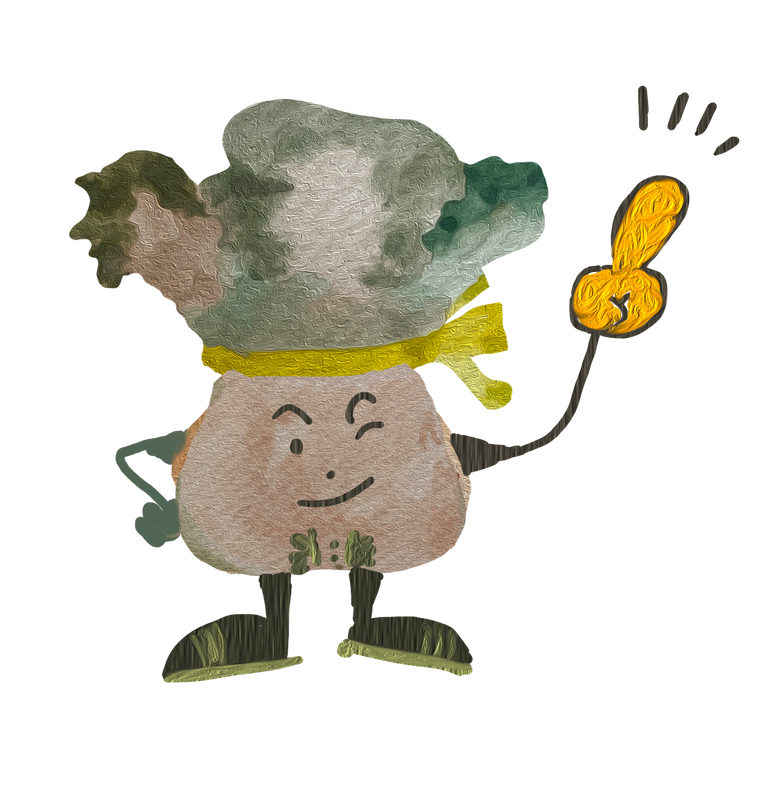
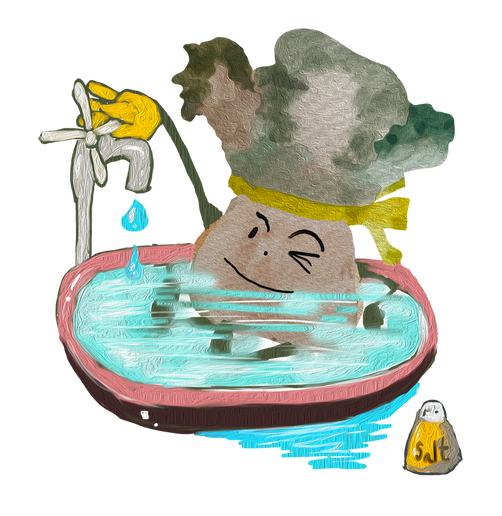
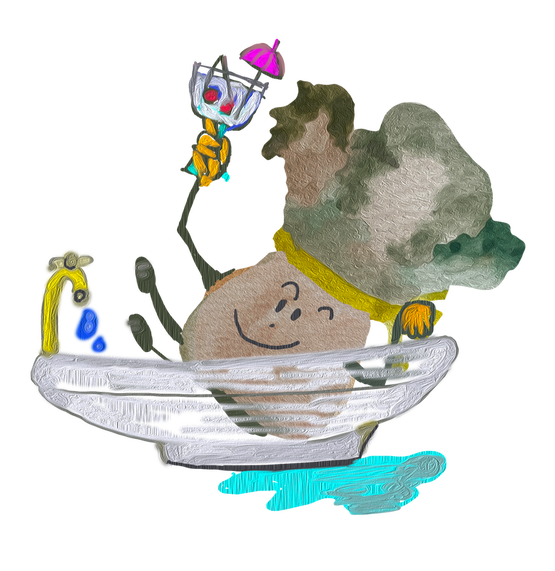
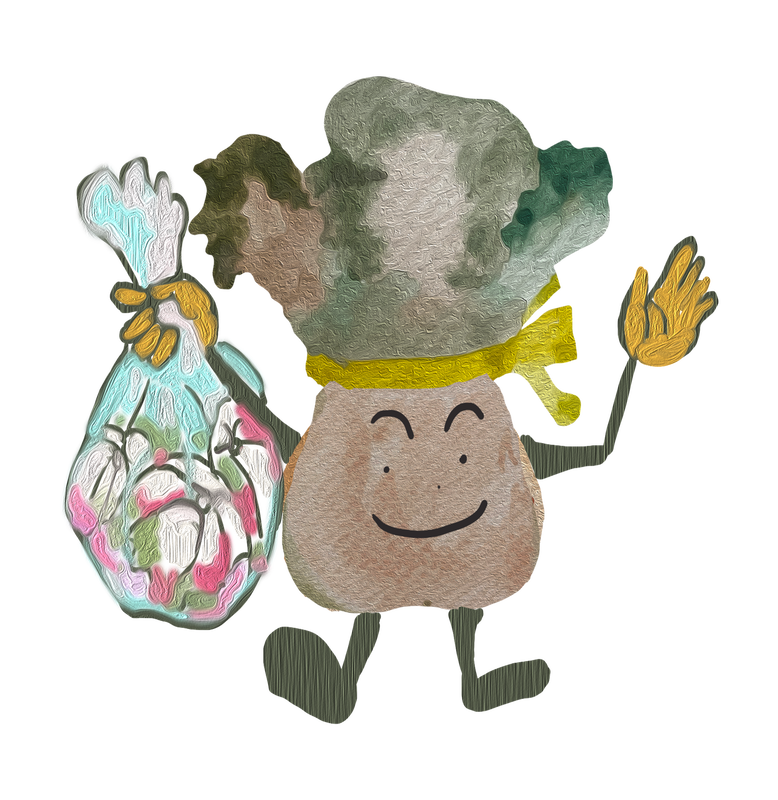
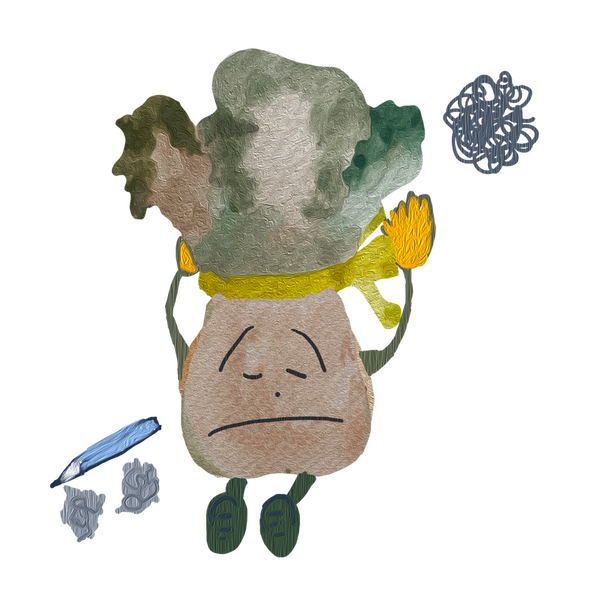


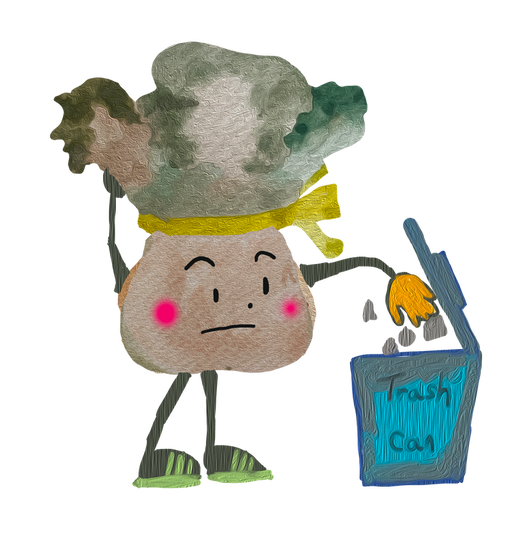
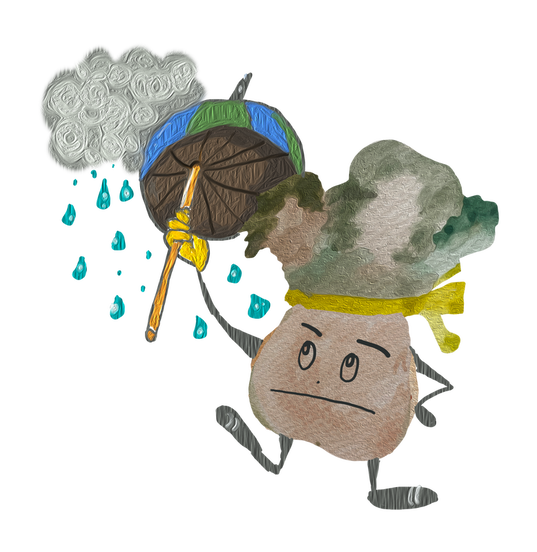
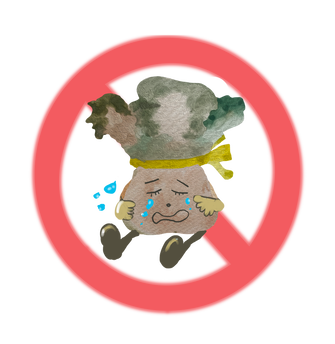
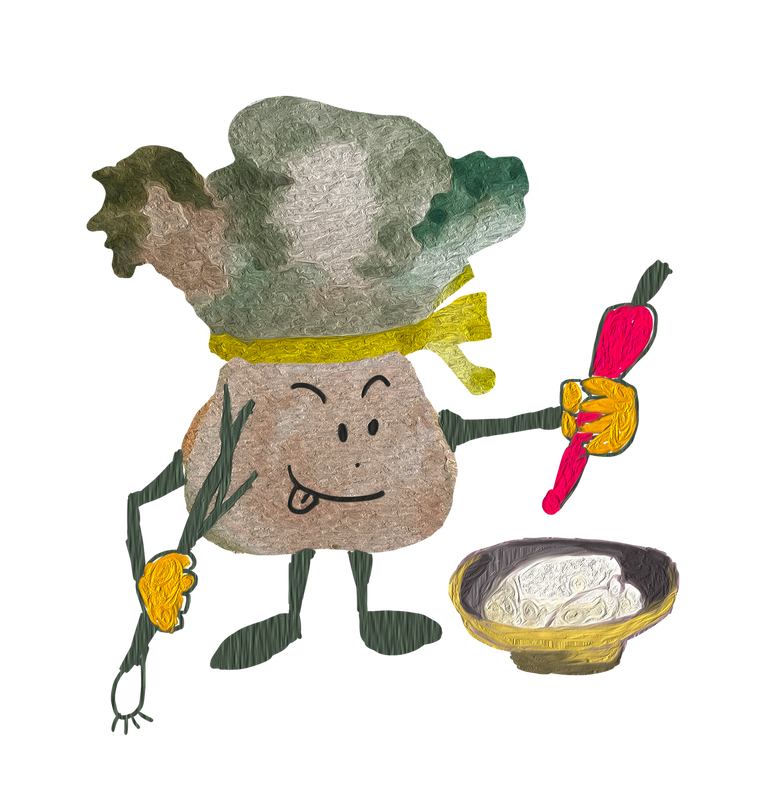
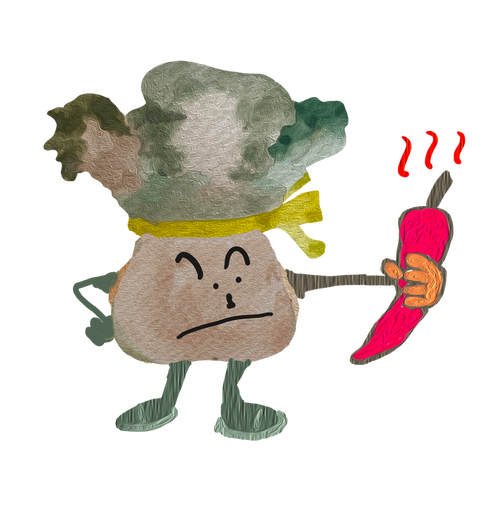


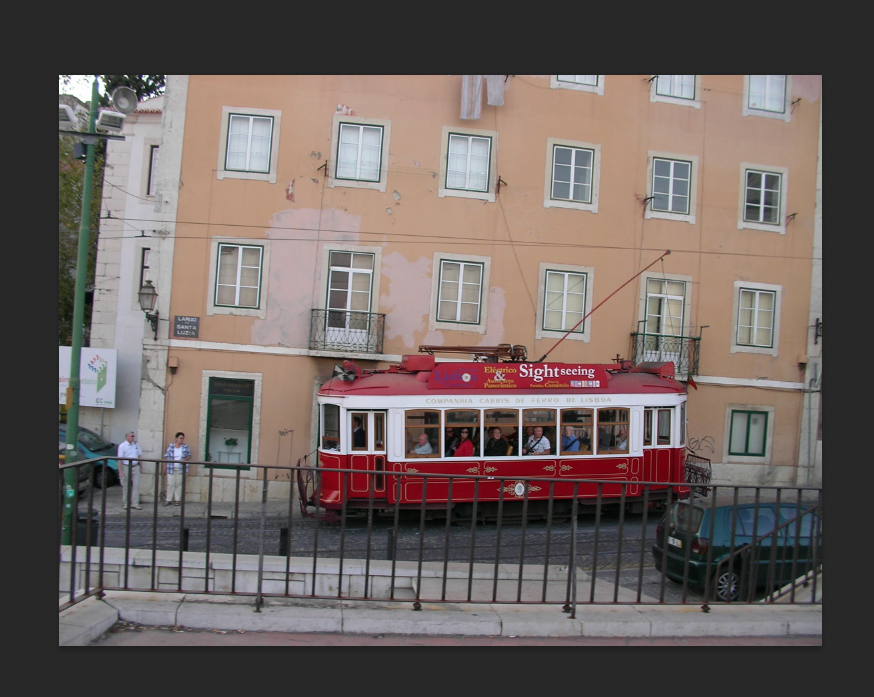
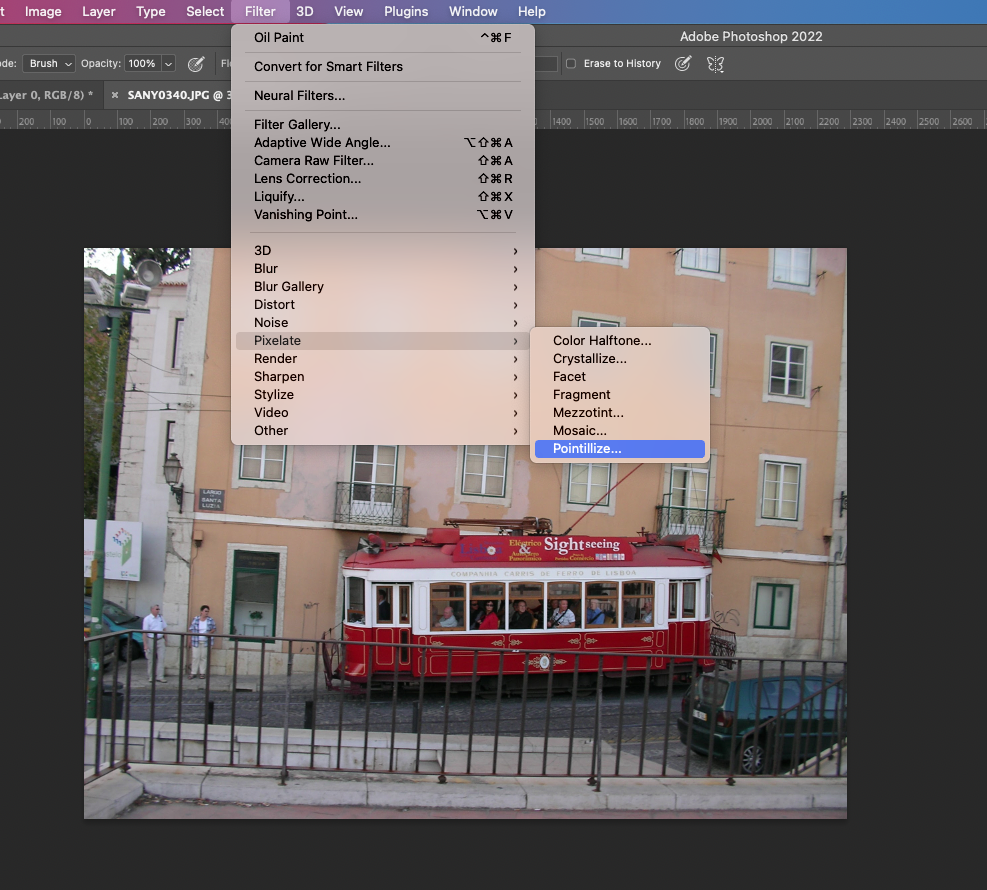
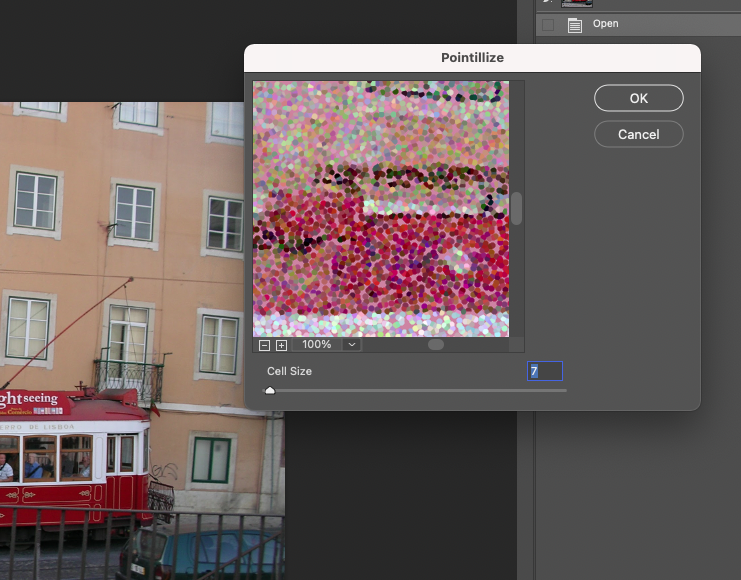
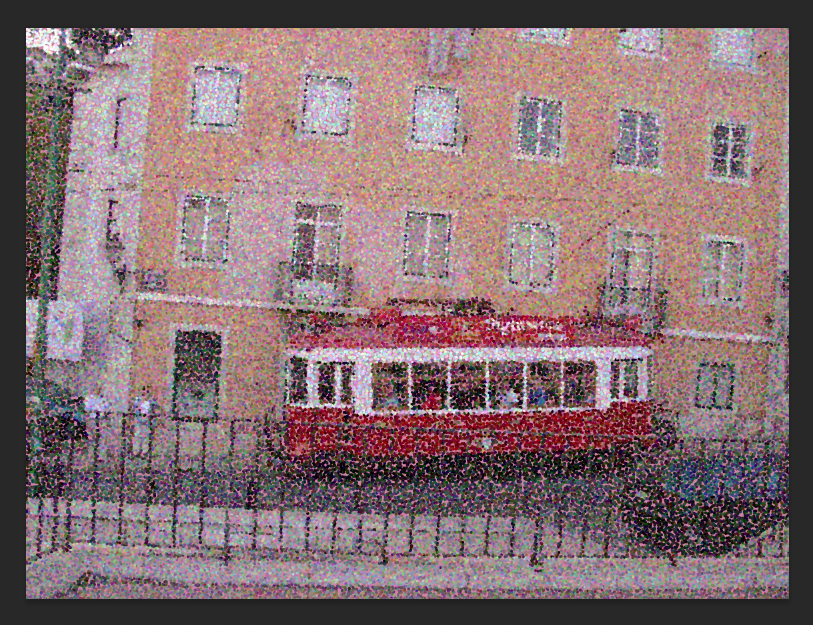
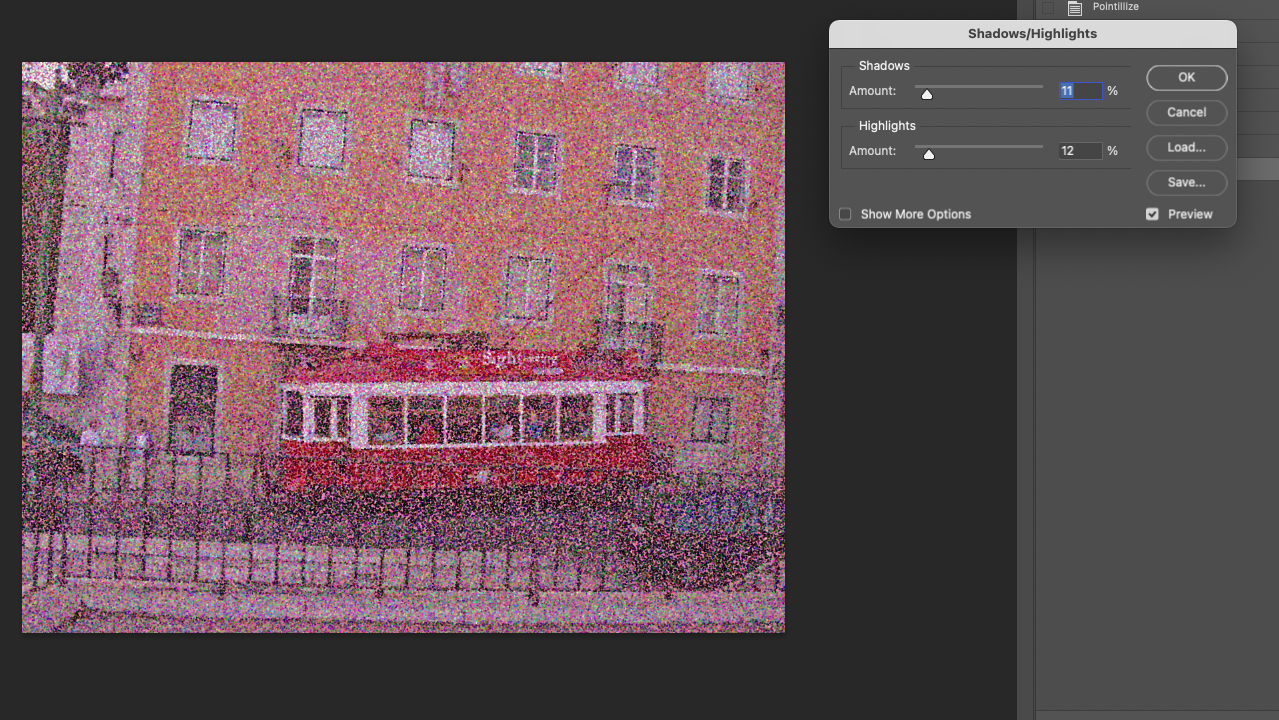
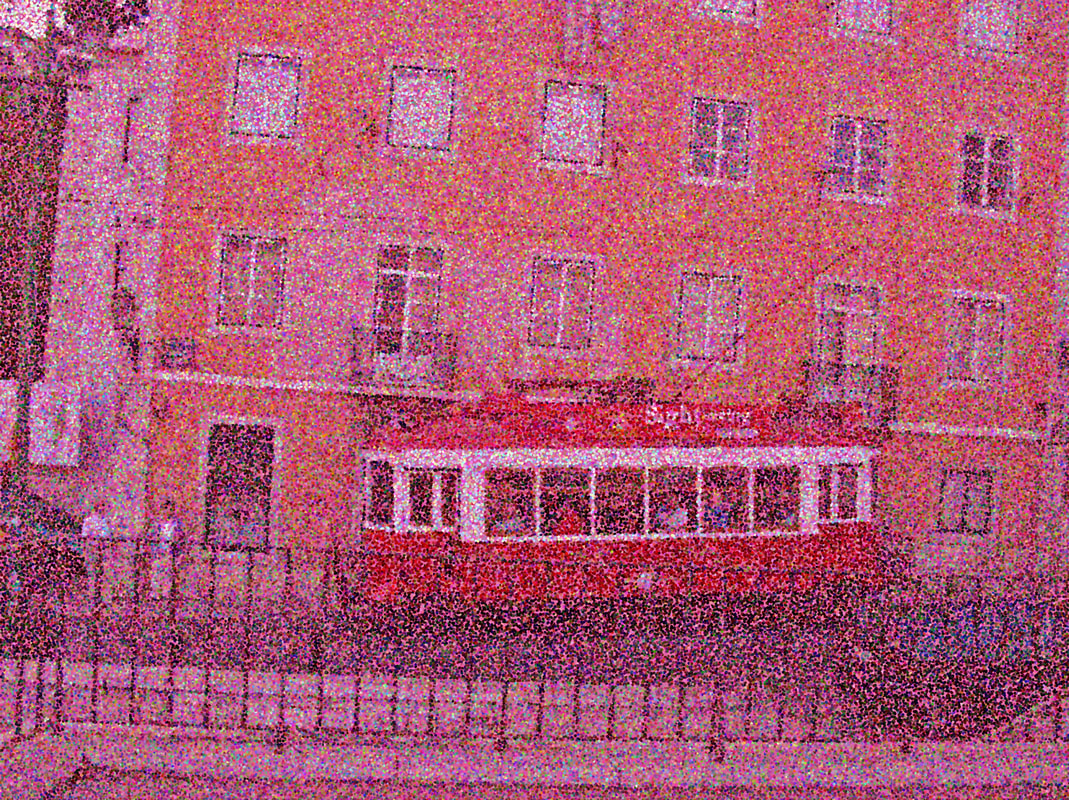
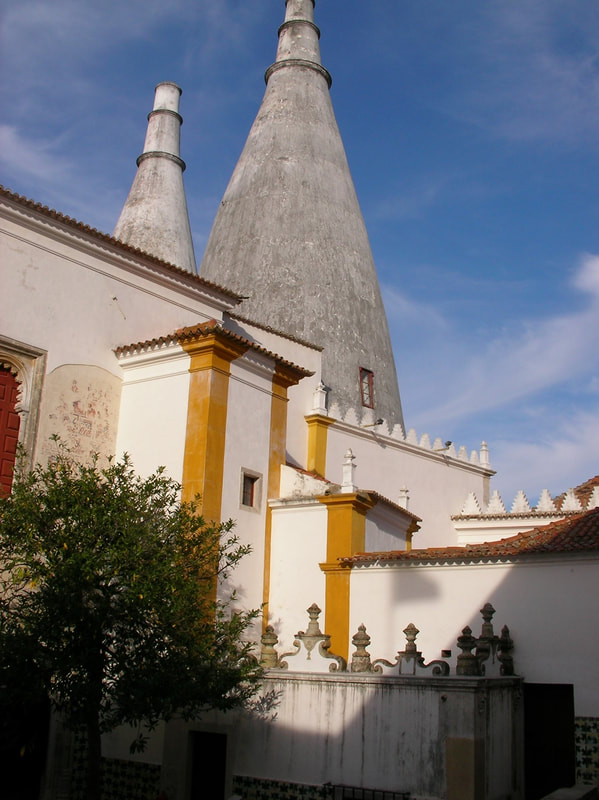
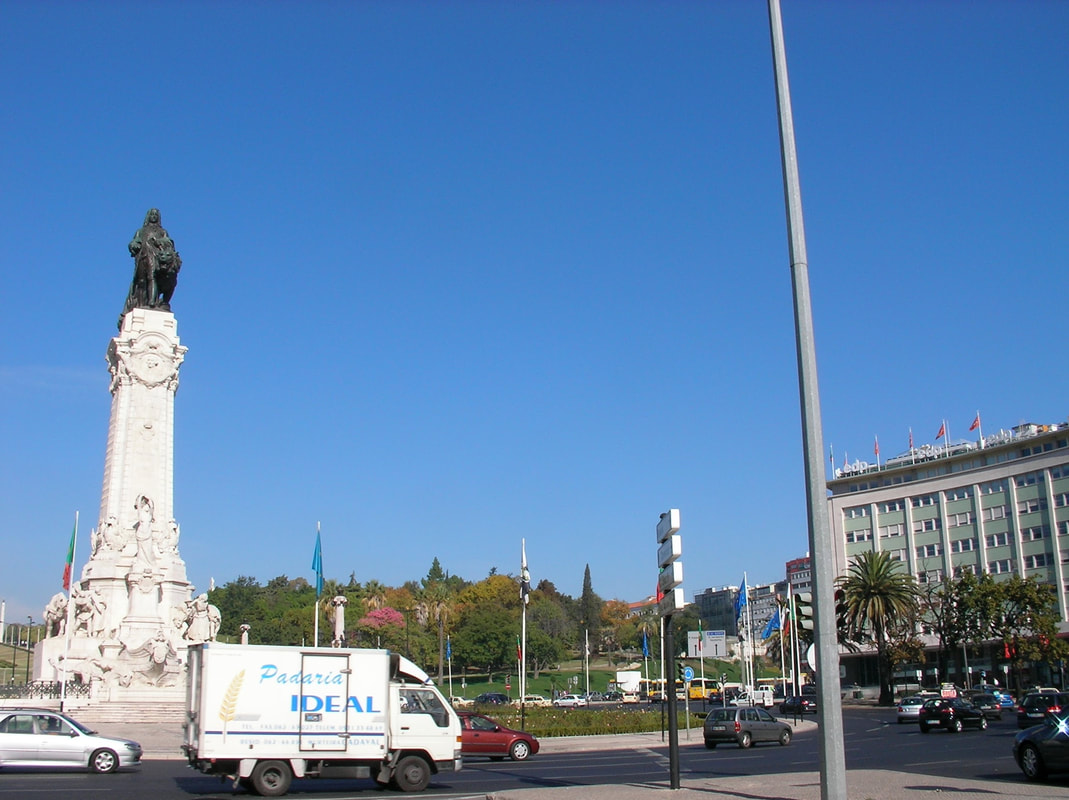
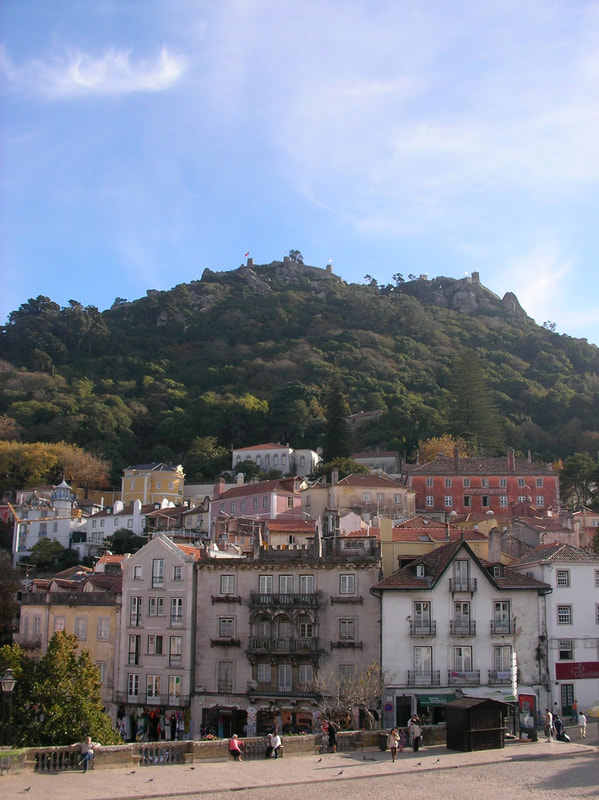
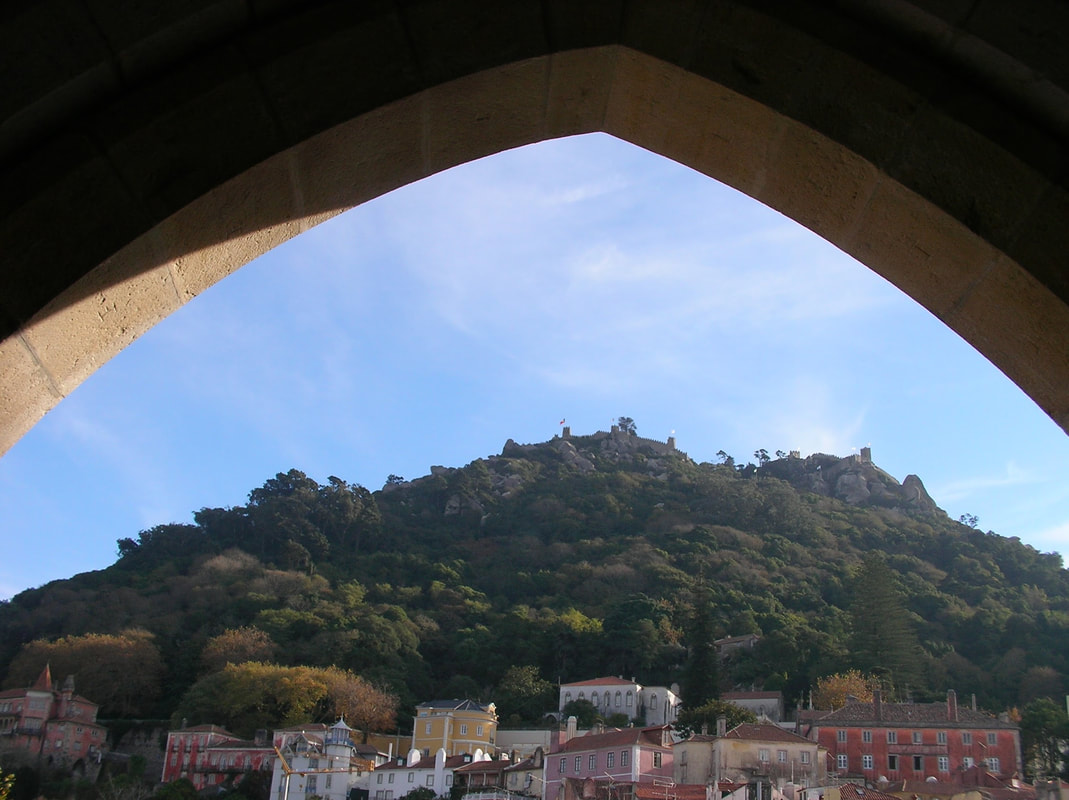
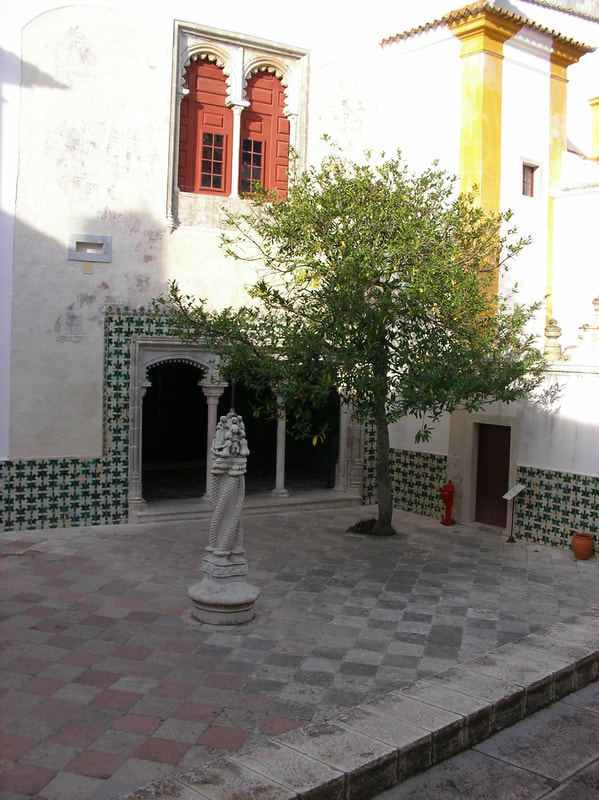

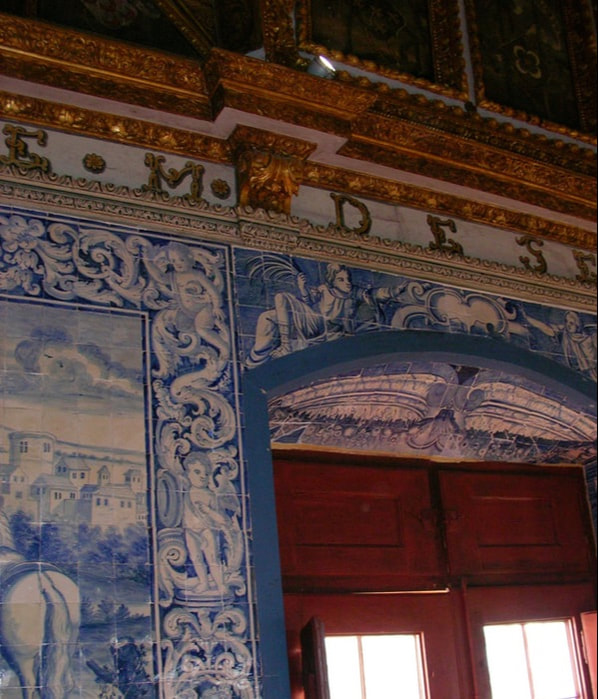
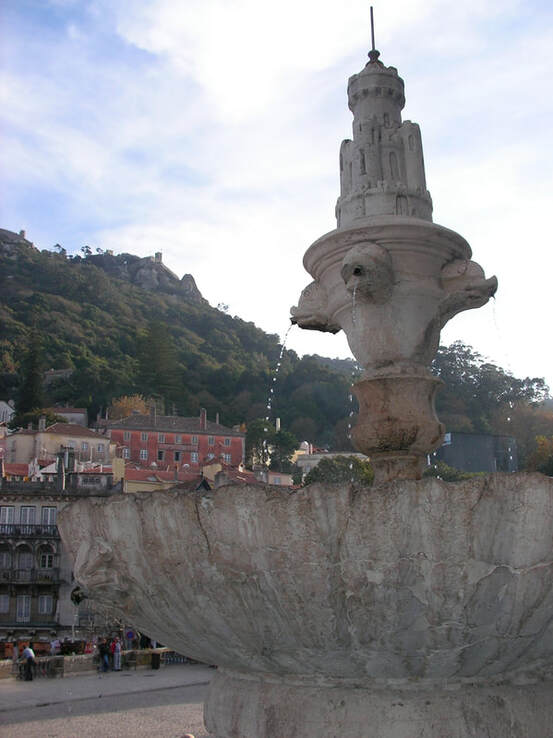
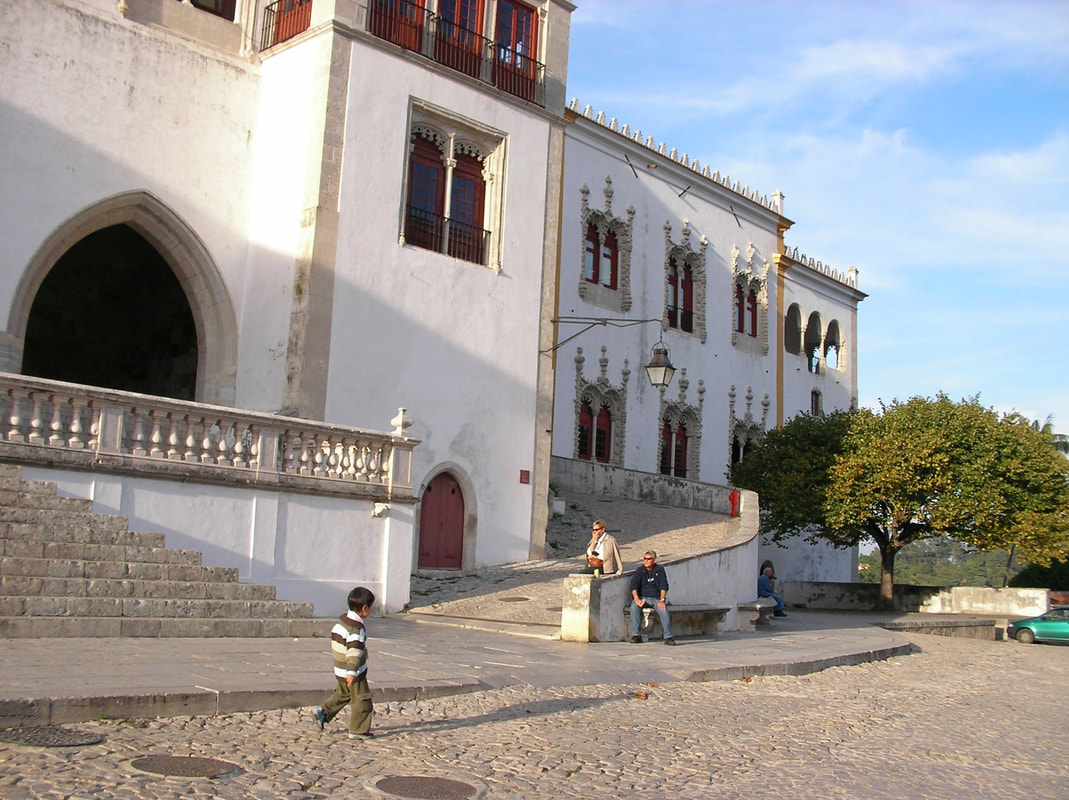
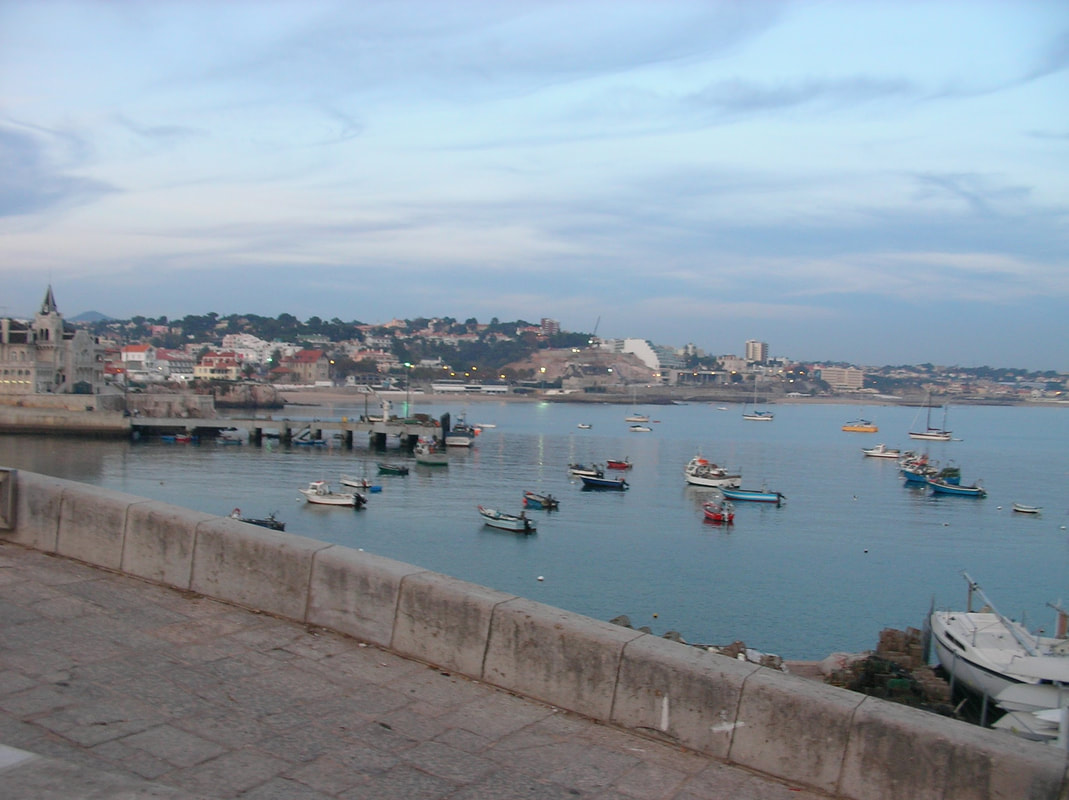
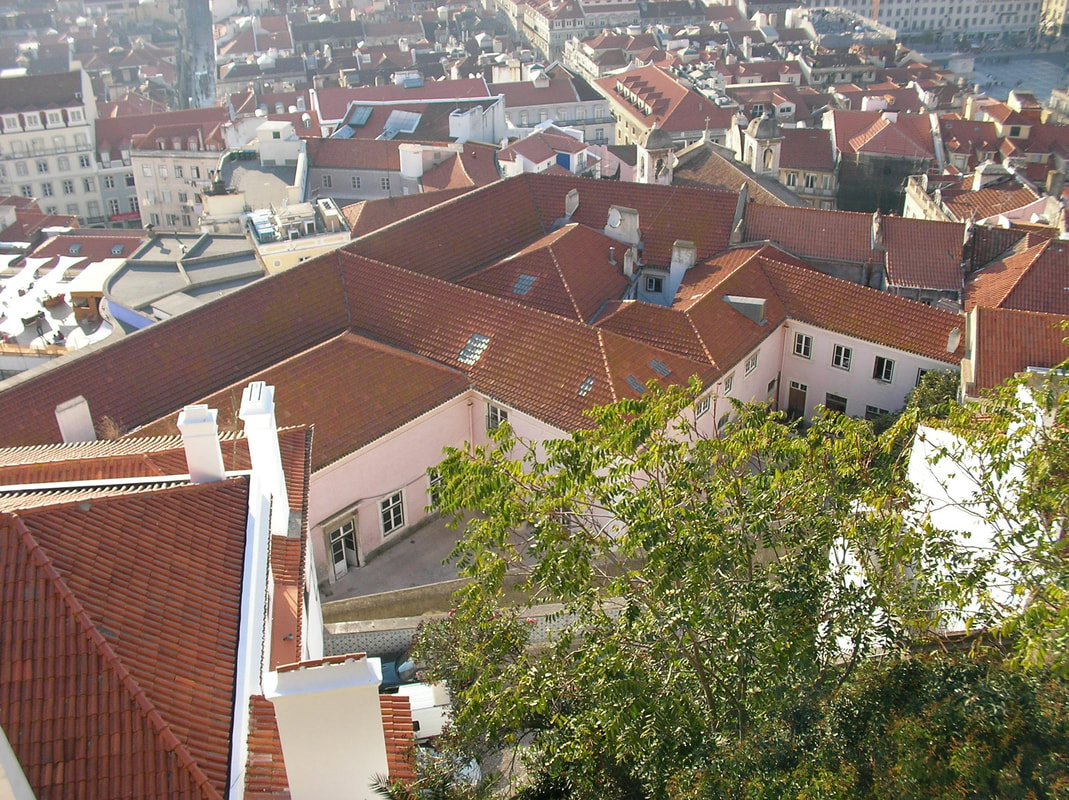
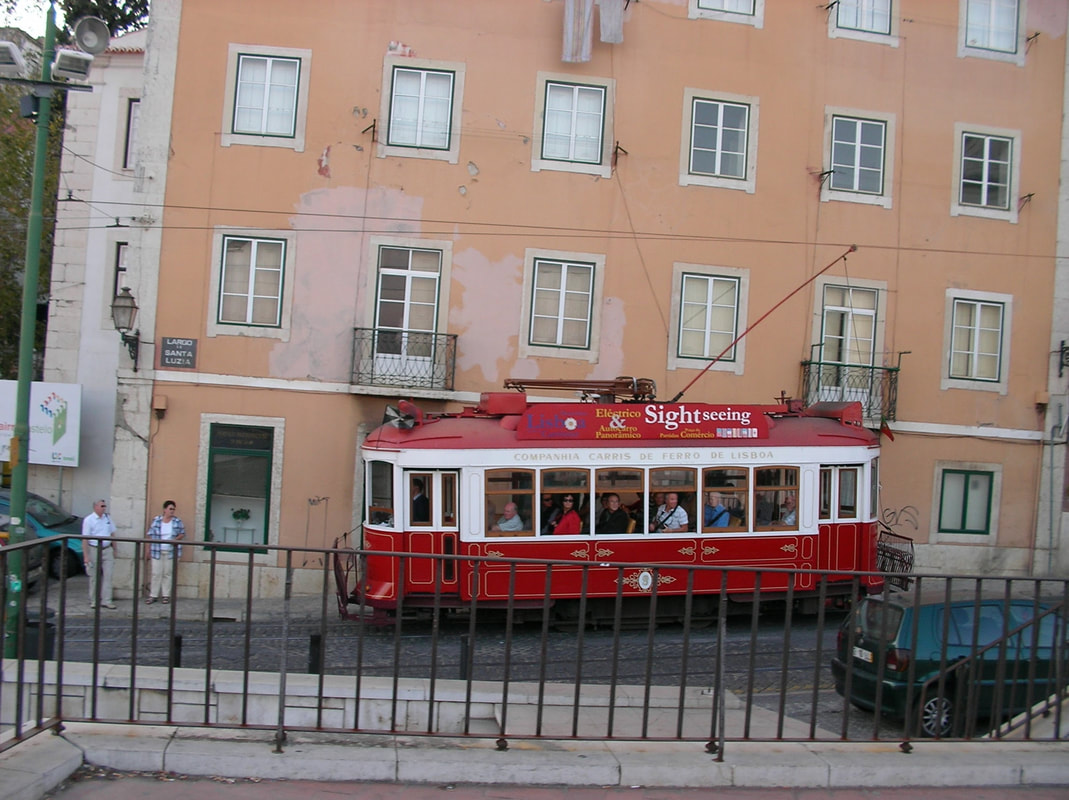
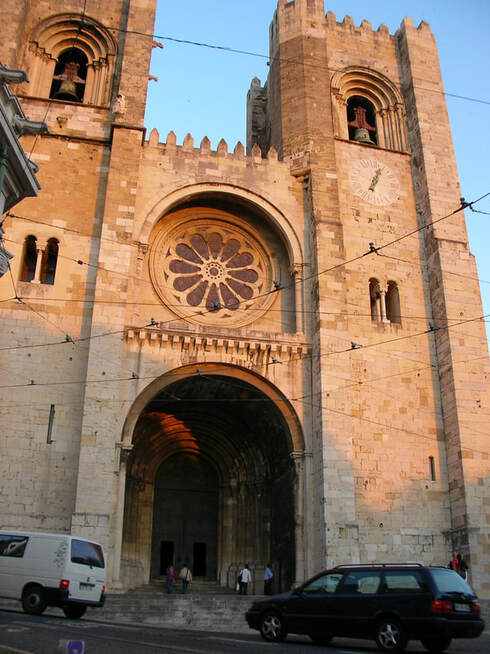
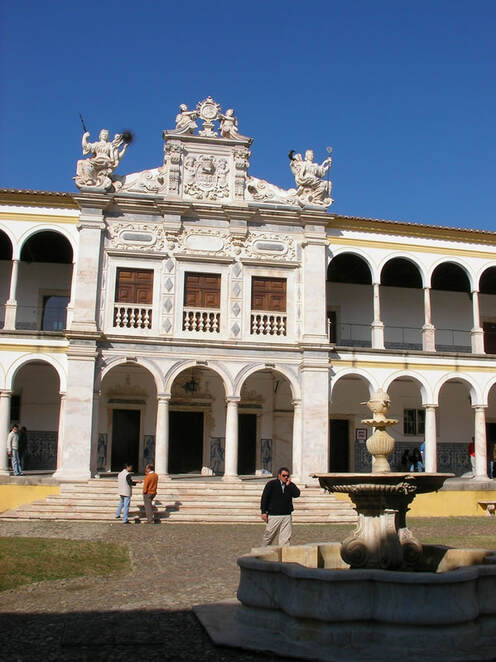
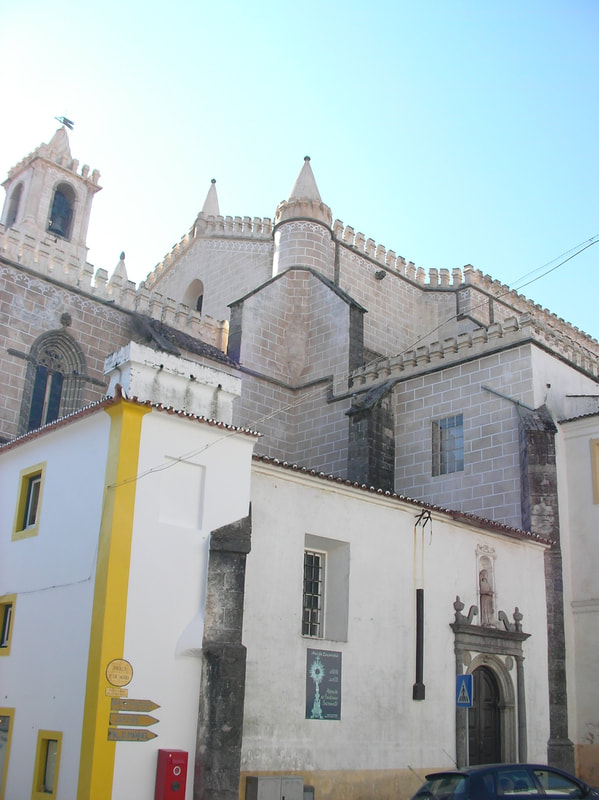
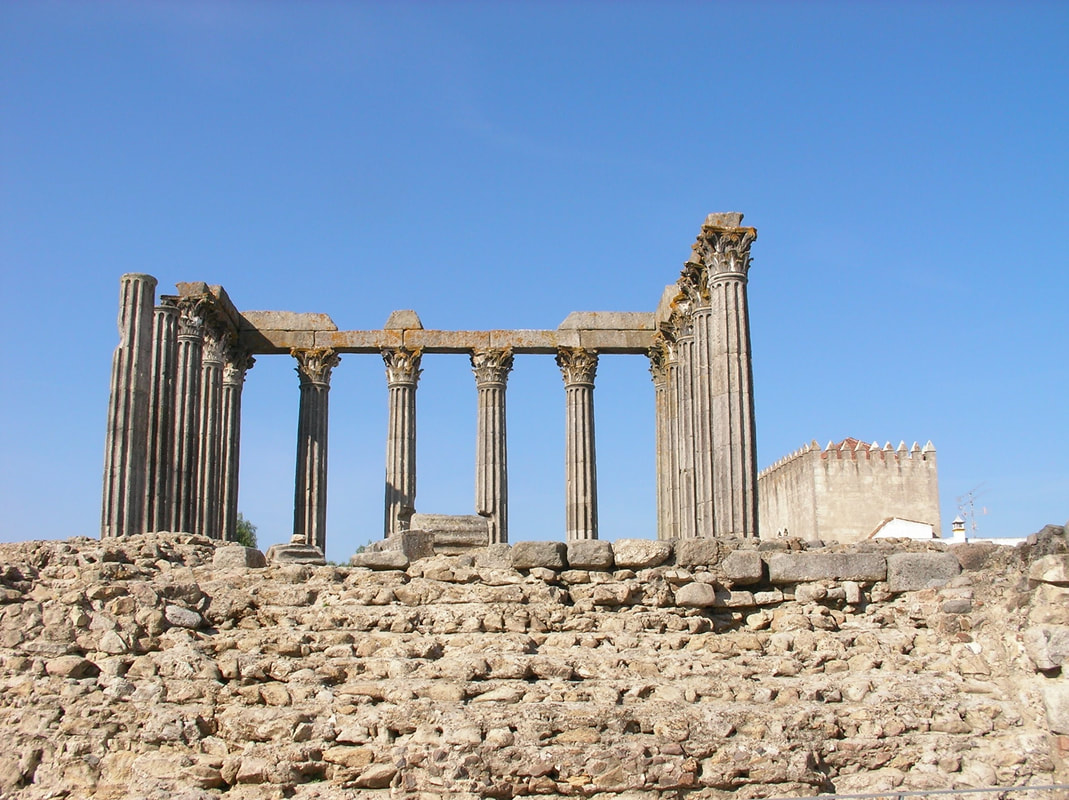
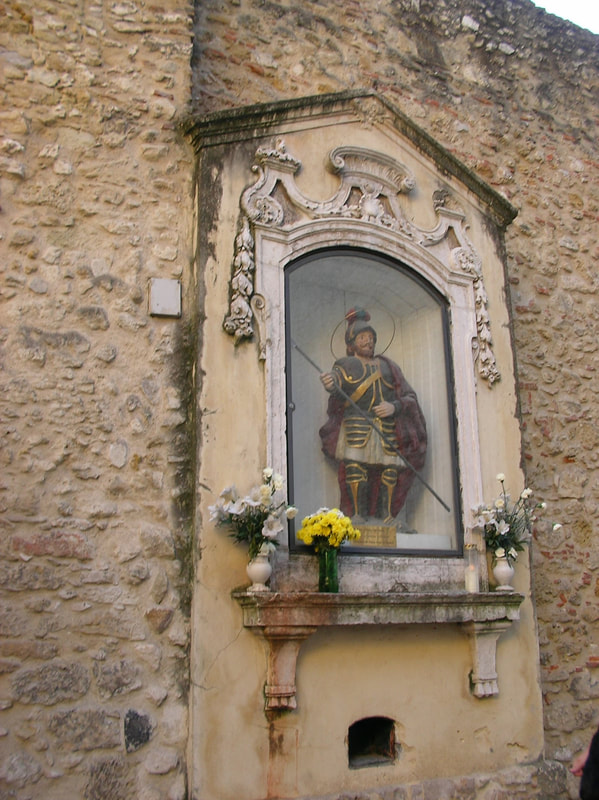
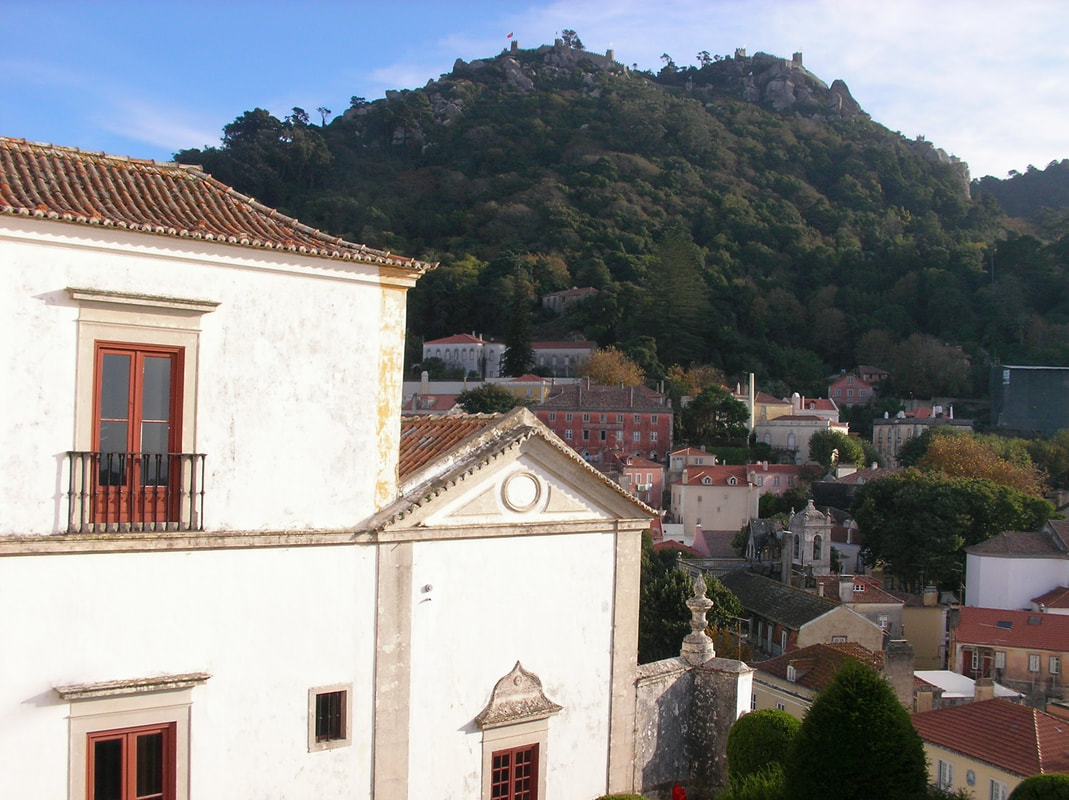

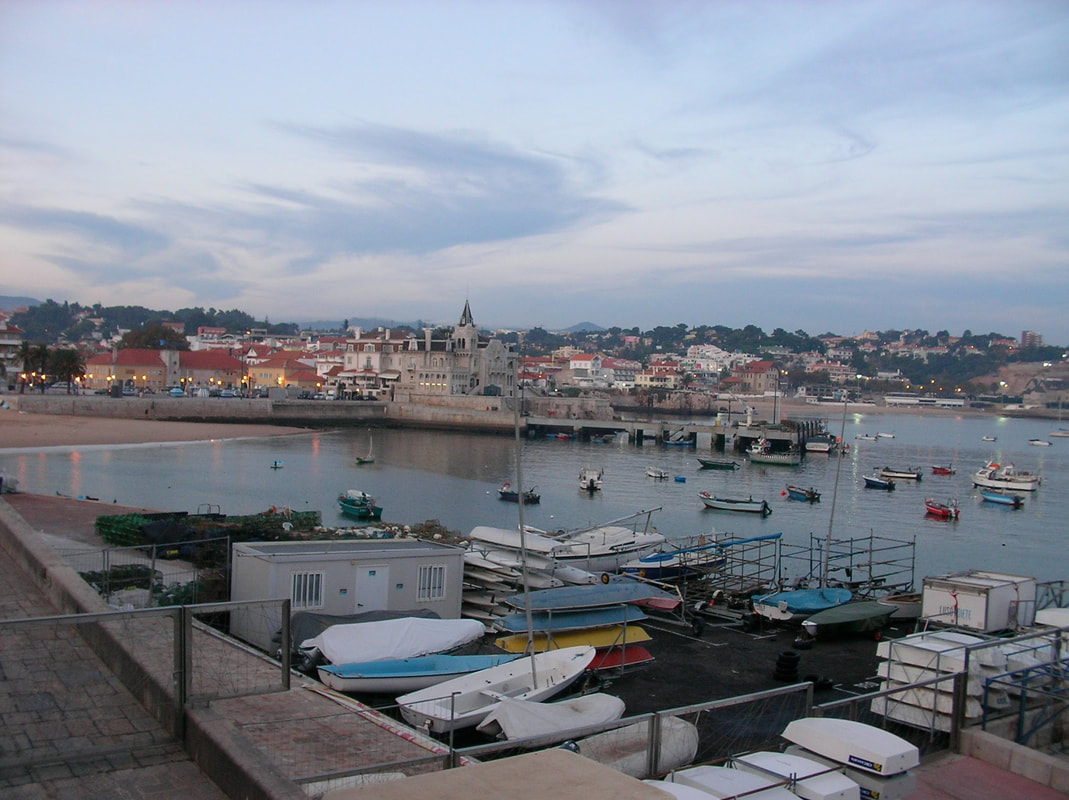
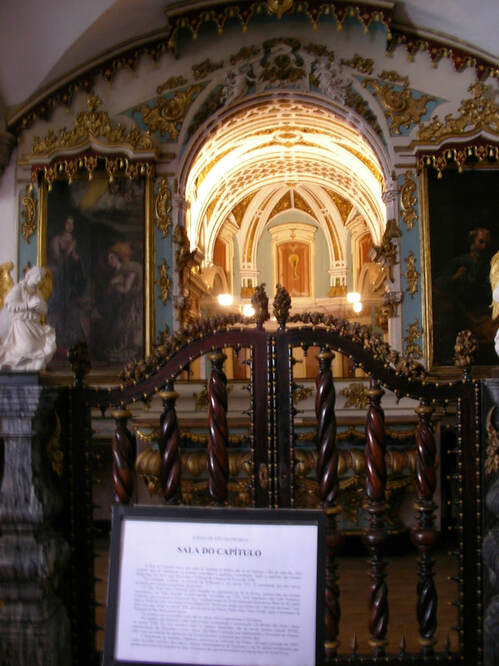
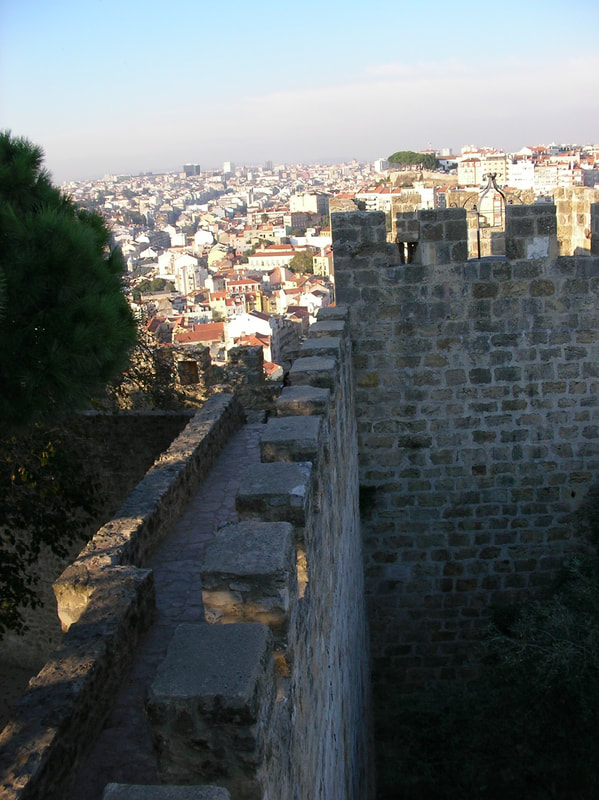
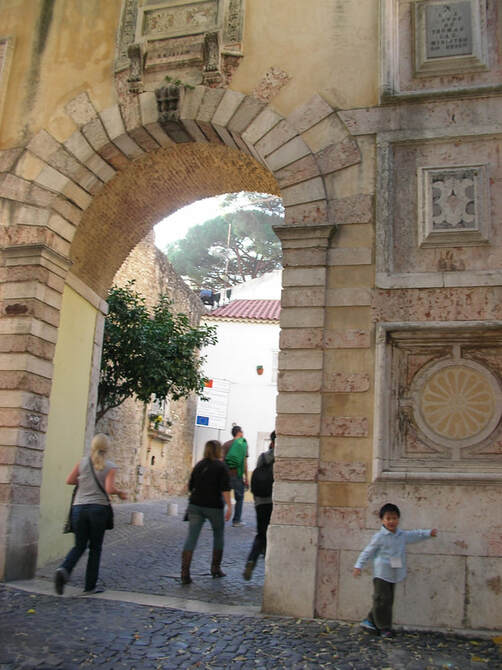
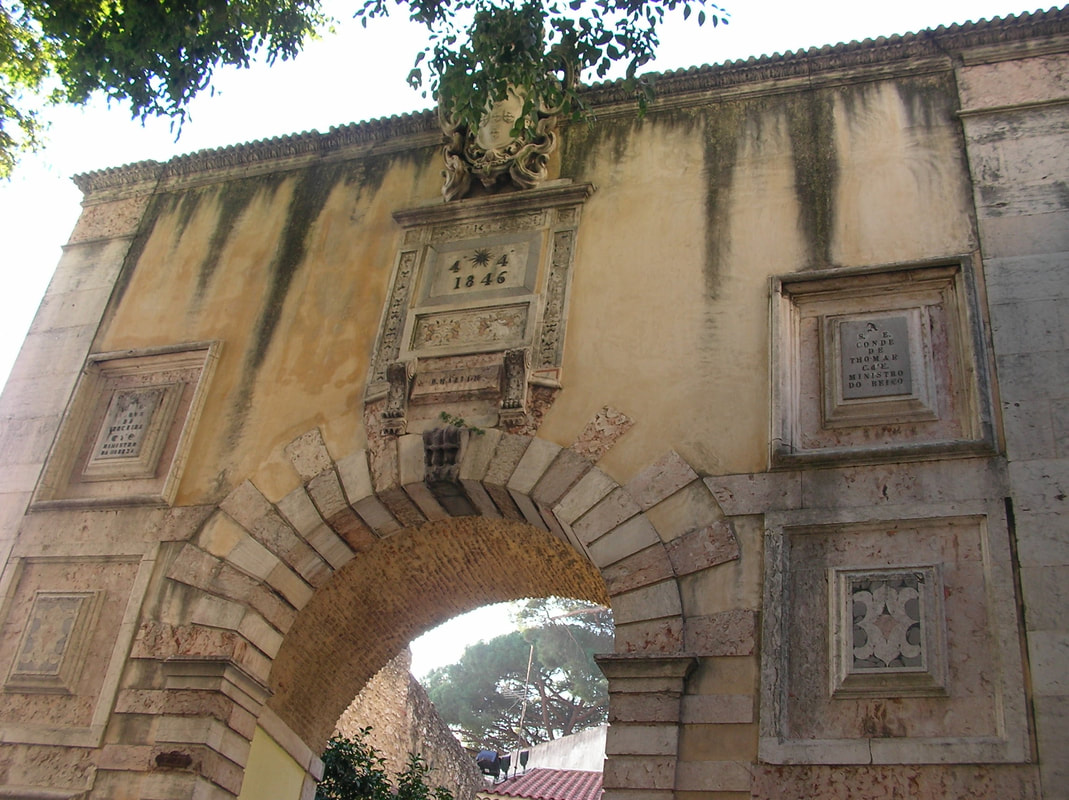
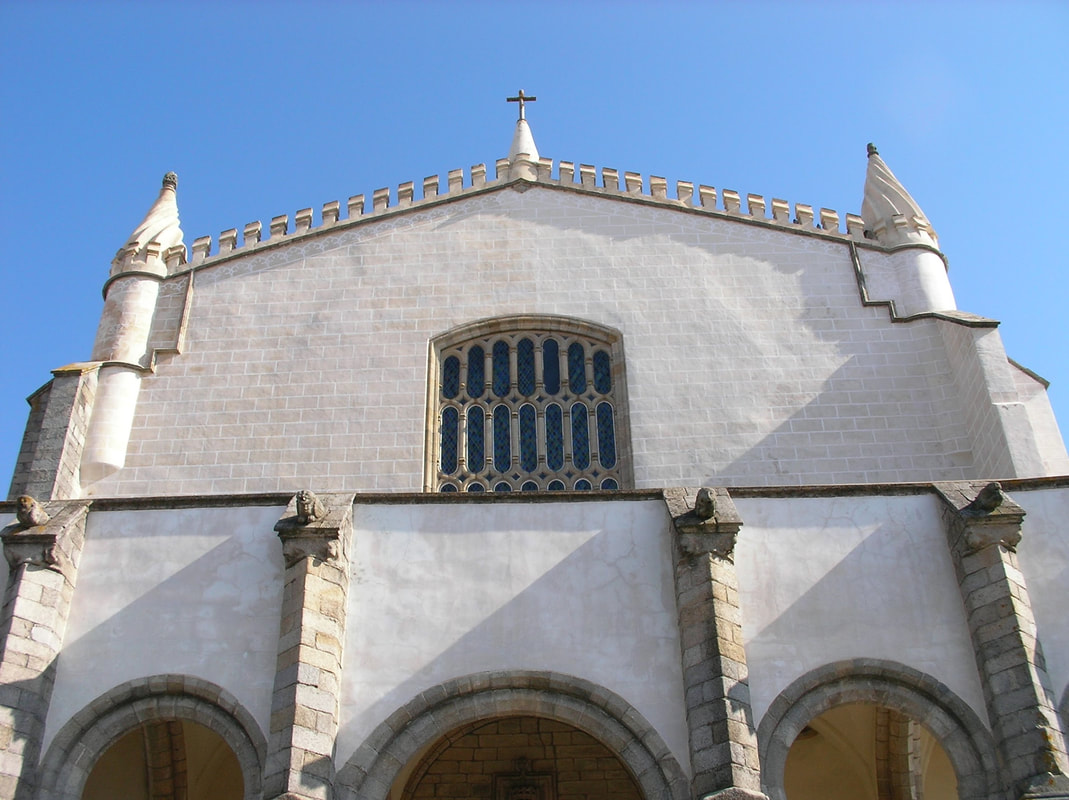
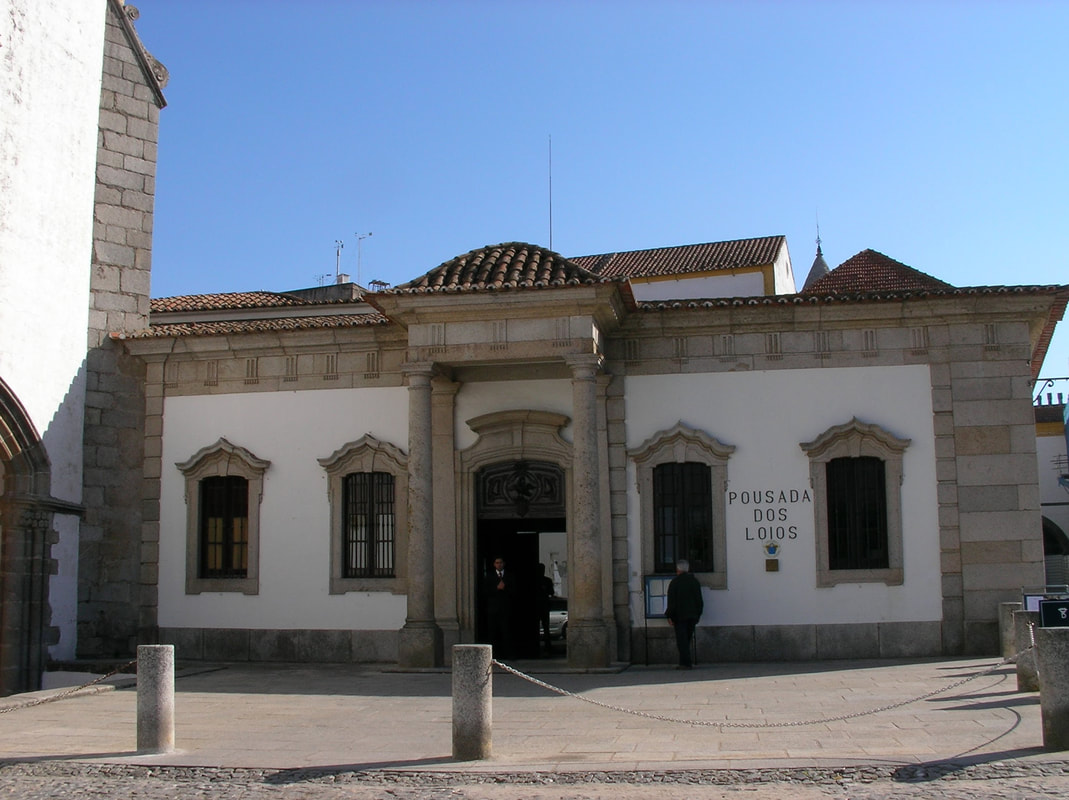
 RSS Feed
RSS Feed